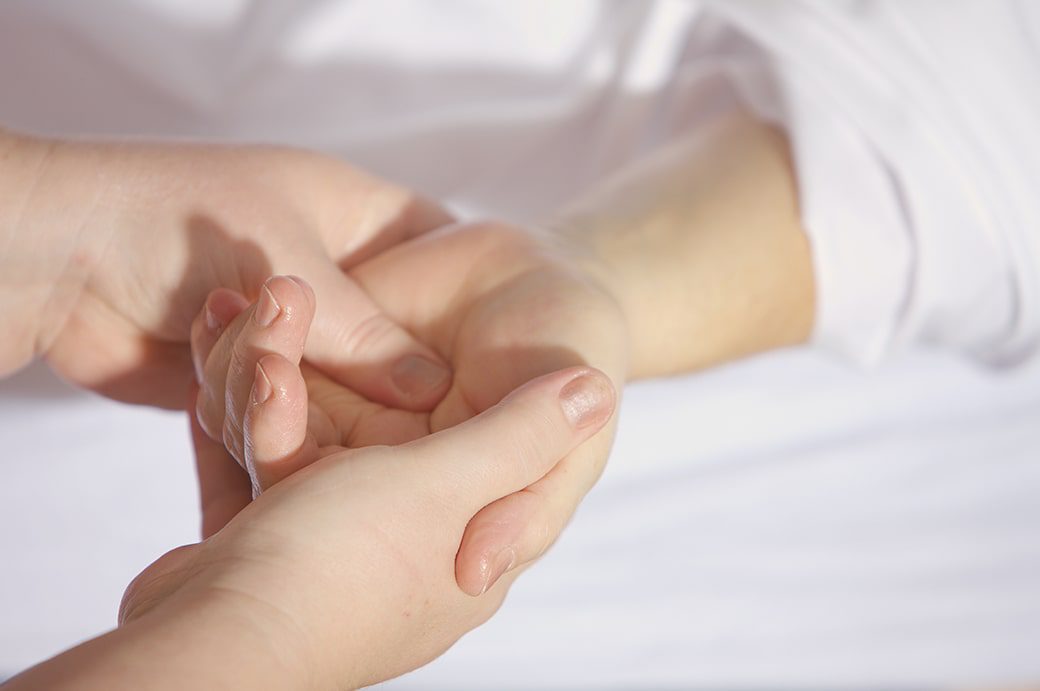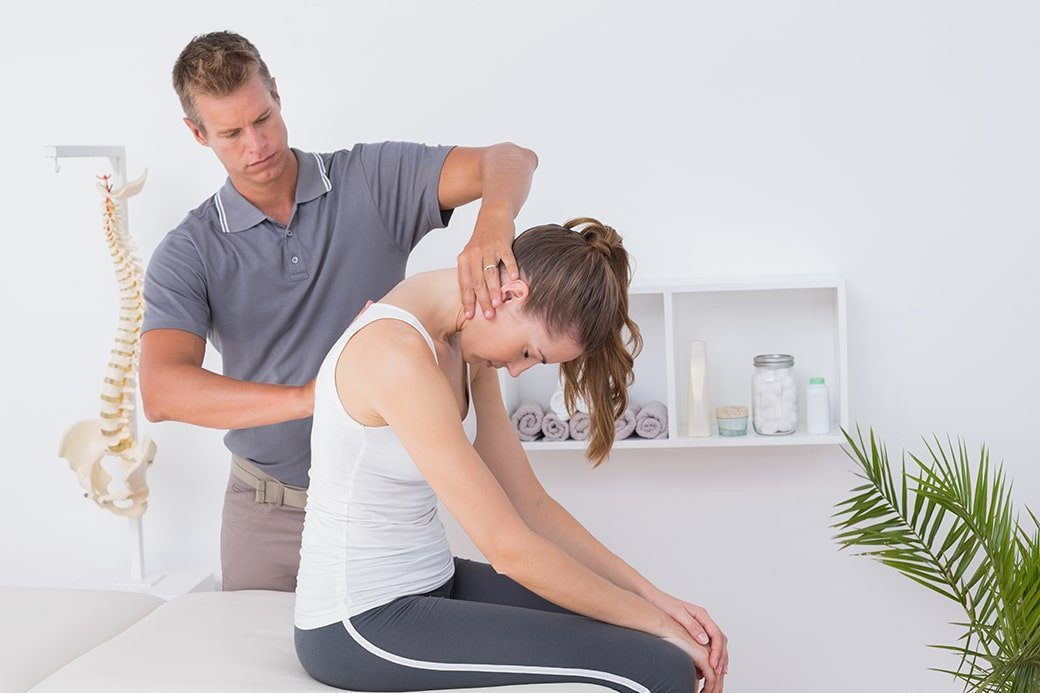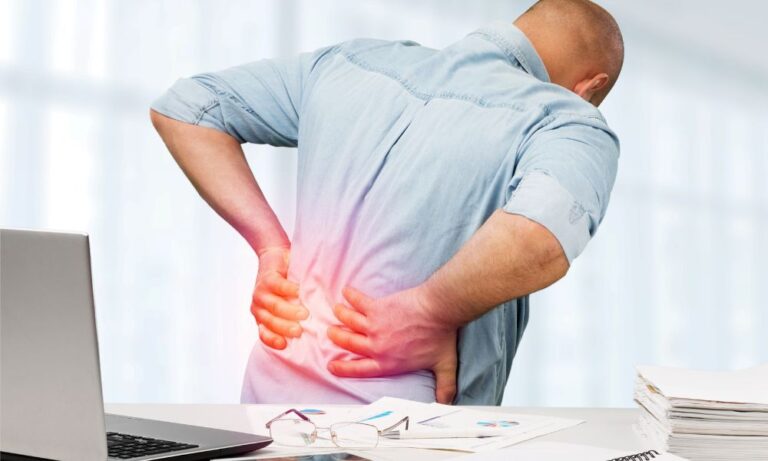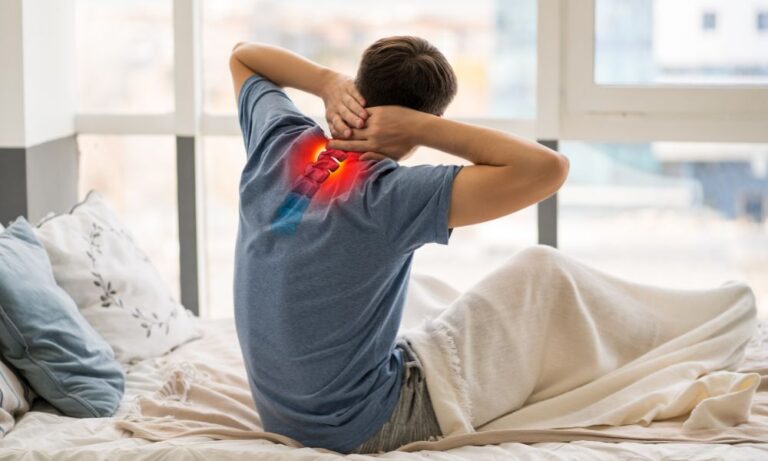When it comes to the pain of carpal tunnel syndrome, most people only think about computers or typing as being the source of pain. While this is true in many cases, carpal tunnel can also develop from any repetitive motion, gripping, bending at the wrist, or vibrations going through the wrist.
One area very few people consider is driving. This is true for long distance truckers or even those who drive for business (think Uber) or even driving for pleasure (long trips on winding mountain roads)
Imagine if you combine your regular job on a computer, typing away most of the day, then with long commutes, and weekends spent driving on the backroads, you can see how this painful condition can develop.
The Signs of Carpal Tunnel Syndrome
Carpal tunnel can sneak up on you when you least expect it. Most people begin by feeling a burning, tingling, or numbness in the thumb and first two fingers, and for some, the palm, also. Many will feel this pain at night or early in the morning.
As this condition becomes worse, you might feel the need to “shake out” the hand or wrists, trying to find some relief from the pain and tightness they feel. Carpal tunnel can affect one hand or both hands. Women are more likely to develop it than men.
The pain will continue to increase until simple tasks such as pumping gas or writing something using a pen, become unbearably painful tasks.

What Exactly Is Carpal Tunnel Syndrome?
The median nerve is what controls the sensations to the palm, the thumb, and the first four fingers of the hand. This nerve runs through a small passageway in the wrist called the carpal tunnel. The swelling or thickening of the tendons narrow this already tight space and it irritates the median nerve.
One way to think of this is to imagine a garden hose on the ground. The hose is the median nerve and the water that goes through the hose would be the nerve impulses.
Now, if you were to step on the middle of the hose, the amount of water coming out of the other end would be greatly reduced. This is similar to what happens with carpal tunnel.
How is Carpal Tunnel Diagnosed?
There are numerous ways to diagnose carpal tunnel. In many instances, by the time you make an appointment with the doctor or chiropractor, you are already in so much pain, you have a good idea what the problem is!
To avoid damage to median nerve, it is very important to get this diagnosed as early as possible. Your doctor or chiropractor might do orthopedic or neurological testing, or they might use a nerve conduction study, where small electrodes are placed on the wrists and fingers, then small electric shocks are applied. The speed at which the nerves transmit those shocks are measured.
Common Treatments for Carpal Tunnel
The most common treatments are complete rest of the affected hands and wrists for 14 to 21 days. Most people find this extremely difficult. Other treatments include physical rehabilitation, where specific stretching and strengthening exercises for the hands, arms, and wrists.
I Still Have Pain, especially at Night or When Driving
This is more common than you might think and, in many cases, its due to a bending of the wrist. Tips to help ease the pain of carpal tunnel while driving or at night include:
- Switching hands frequently while driving
- Wearing a brace that will force you to keep the wrist and hand straight
- Position your hand(s) at 3 and 9 o’clock on the steering wheel
- Don’t talk on your cell phone while driving. Use a headset or other hands-free device
- Keep your hand warm by wearing gloves
- Seek out a chiropractor for help early to avoid surgery in the future
What is better than easing the pain of carpal tunnel? Prevention! You can find multiple ways to prevent carpal tunnel syndrome in this article.

How Can My Chiropractor Help?
Do you remember reading above how carpal tunnel could be compared to a garden hose? By stepping on the hose (which represents the median nerve and stepping on it compression) the nerve impulses (water) didn’t really reach the other end?
Nerve impulses and the correcting of the subluxations in the body is what chiropractic care is all about.
Carpal tunnel actually begins in the spine. Your chiropractor is a highly trained specialist in the entire musculoskeletal system of the body. This means that he can investigate and treat the compression of nerves anywhere in the body, including the forearm and wrist. By realigning the spine, shoulder, elbow, and wrist, blood circulation and nerve impulses will be able to flow freely once more.
In addition to adjustments, your chiropractor might also suggest:
- Chiropractic massage
- Ice therapy
- Infrared laser treatments
- TENS device
- Physical rehabilitation therapy
- Ultrasound
Which treatments you receive will depend on your unique case and circumstances.
You can read more about what carpal tunnel is and ways you can help to stop the pain in this article.
At Better Health Alaska, we care about your pain and are committed to doing whatever it takes to get you out of pain and back to the life you deserve.
Our expert chiropractors and caring staff will make you feel right at home while giving you the cutting-edge technology you deserve.
We have 4 convenient locations to serve you, often making an appointment the same day you call. We accept more than 100 types of insurance and if you aren’t sure about what yours covers, we will happily check your coverage and deductible for you.
Call us today, or if you prefer, you can make an appointment online here.
Don’t live with the pain of carpal tunnel! Call one of our offices today and put yourself back on the road to healing!









